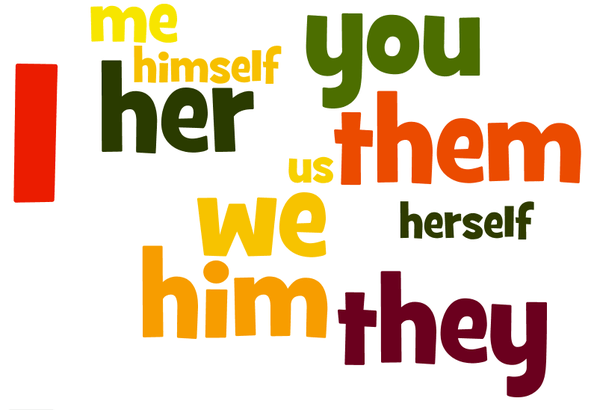Trong bài này chúng ta sẽ tiếp tục tìm hiểu về động từ to be đi với 3 đại từ nhân xưng tiếp theo: he, she, it.
| Đại từ | Ngôi |
|---|---|
| He = man (Nam giới) | Ngôi thứ ba số ít |
| She = woman (Nữ giới) | Ngôi thứ ba số ít |
| It = thing (Đồ vật) | Ngôi thứ ba số ít |
Ta có các mẫu câu sau:
(+) He’s from Italy. (He’s = He is)
She’s from Spain. (She’s = She is)
It’s from China. (It’s = It is)
(?), (-) Is he late?
Yes, he is. / No, he isn’t. (isn’t= is not)
Is she from Turkey?
Yes, she is. No, she isn’t.
Is it good? Yes it is. / No, it isn’t.
Câu hỏi với từ để hỏi “what” và “where”
What’s your name? (what’s = what is)
Where are you from?
Where’s he from? (where’s = where is)
Chú ý:
⦁ Trong Tiếng Anh he được sử dụng để chỉ nam giới (a man) và she dùng để chỉ nữ giới (a woman). It được dùng để chỉ mọi thứ (everything) không dùng để chỉ nam giới hay nữ giới, ví dụ: đồ đạc (things), đất nước (countries), places (địa điểm),tòa nhà (buildings),… Thông thường it dùng để chỉ động vật (animals), tuy nhiên chúng ta cũng có thể dùng he hoặc she nếu bạn là chủ của chúng và bạn biết giới tính của chúng.
⦁ Trong giao tiếp, dạng viết tắt như: he’s/ she’s/ it’s/ isn’t/ where’s/ what’s được sử dụng phổ biến.
⦁ Để hỏi thông tin về quốc gia hay đất nước ta dùng mẫu câu:
“Where + to be + Subject +from?”
Để trả lời, ta dùng mẫu câu: “Subject + to be + from + quốc gia.”



